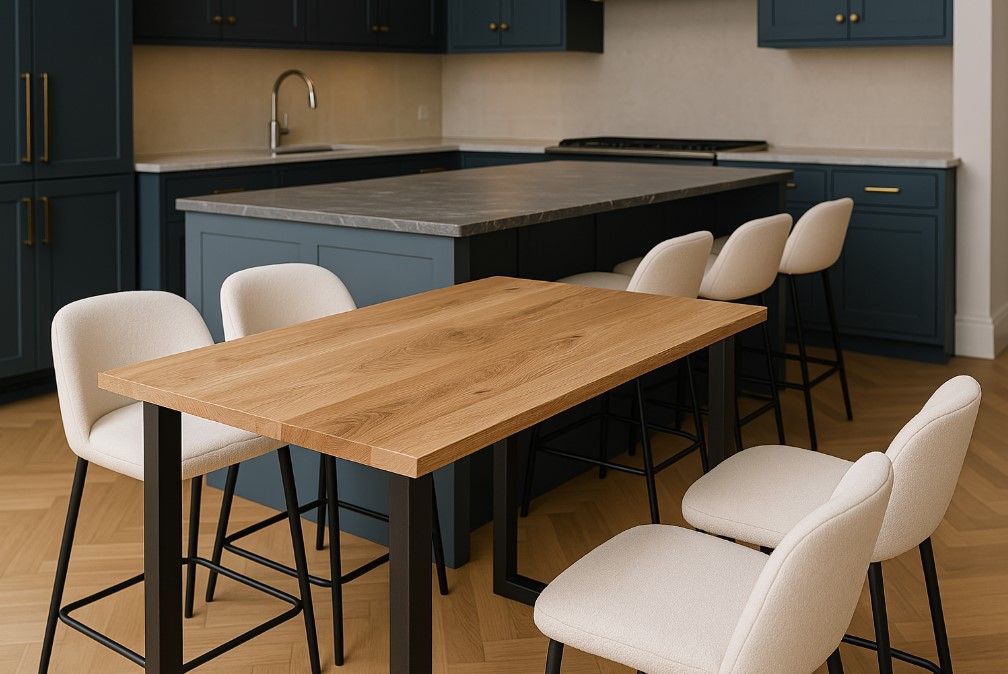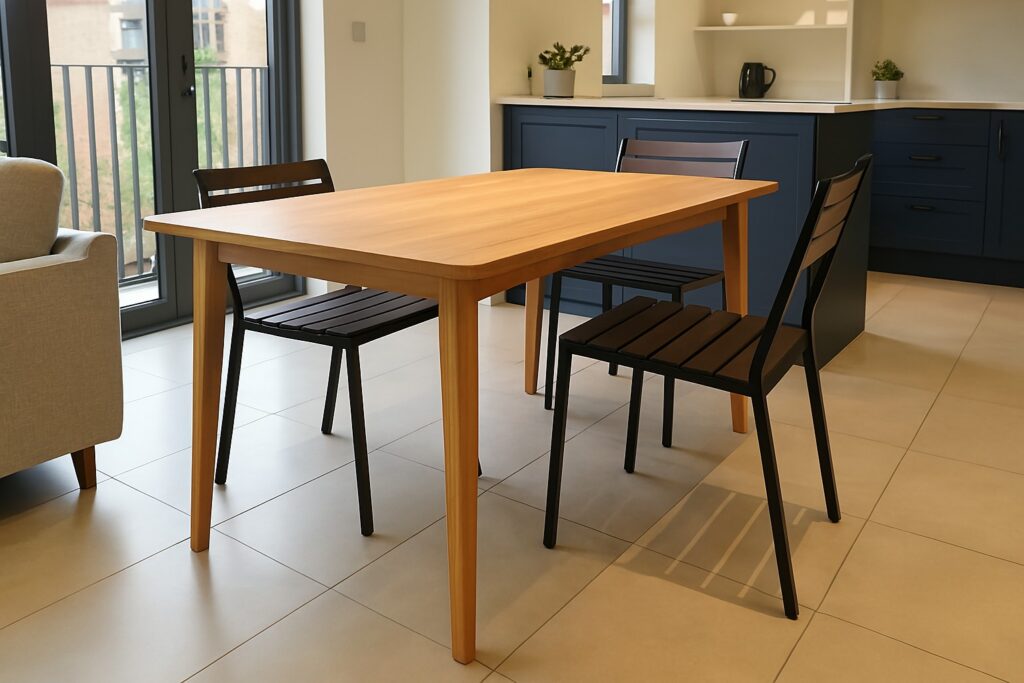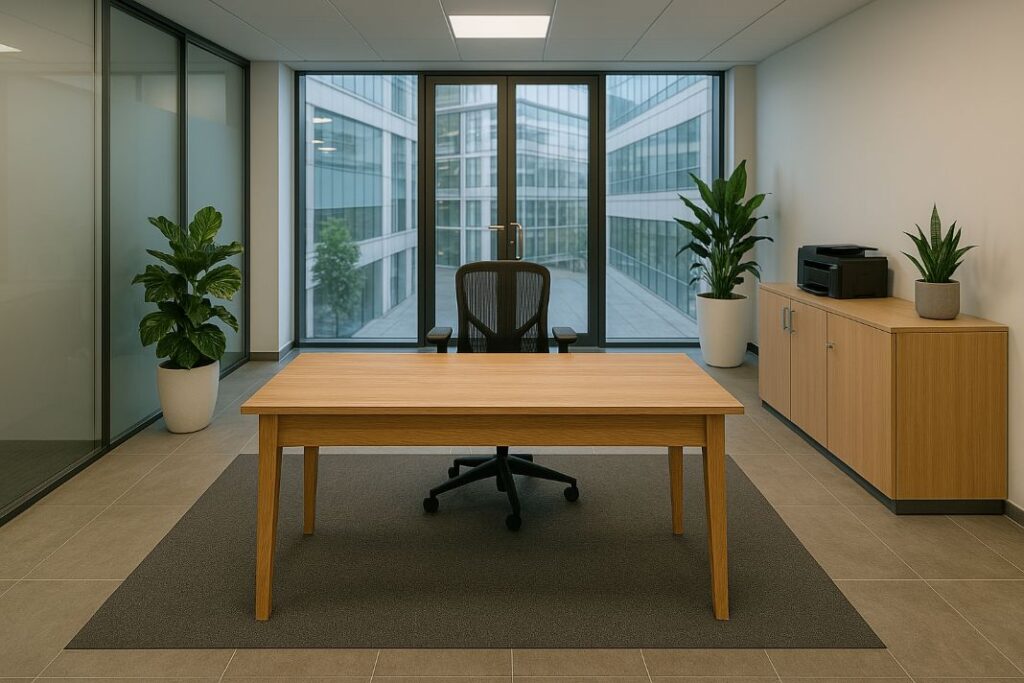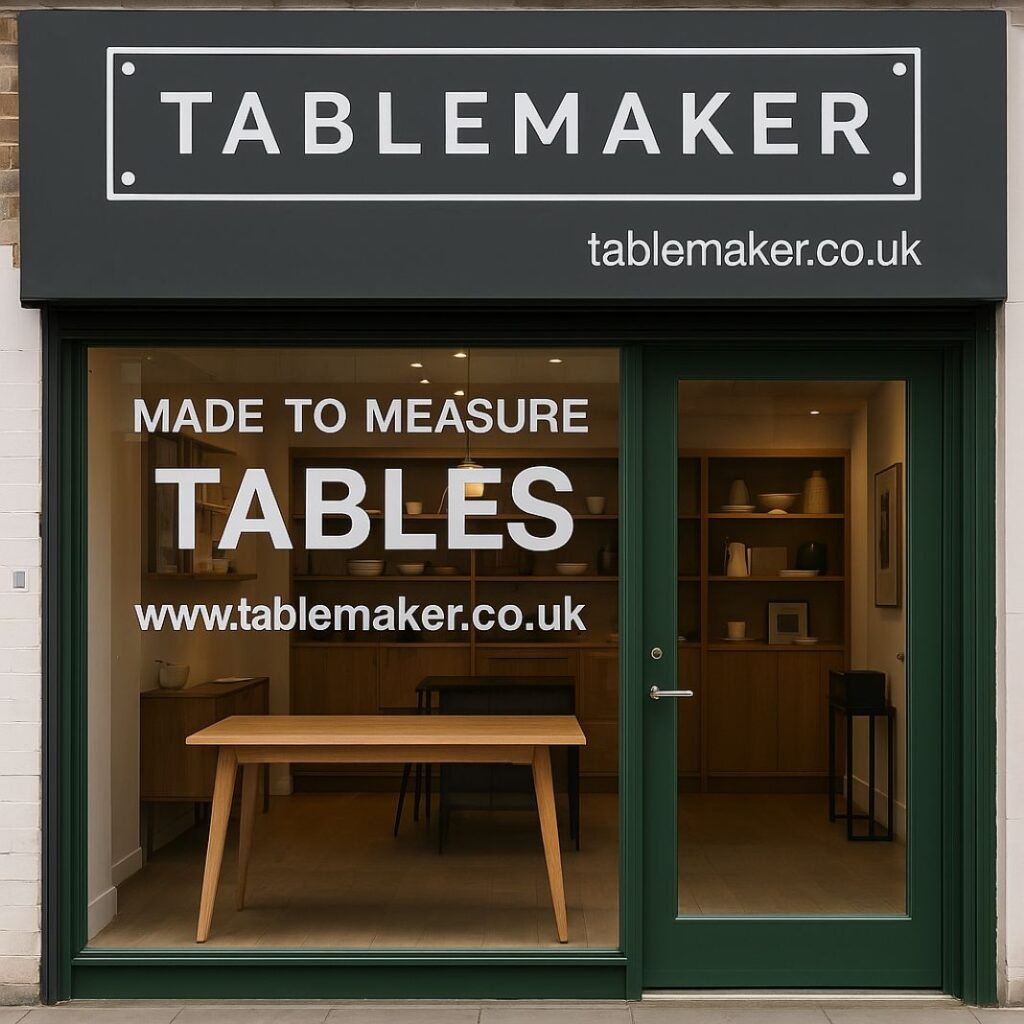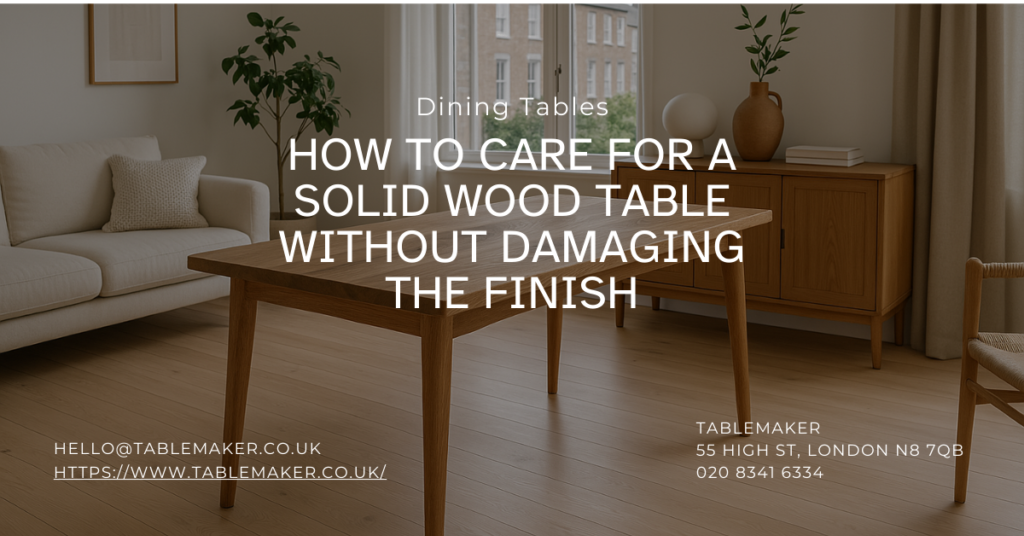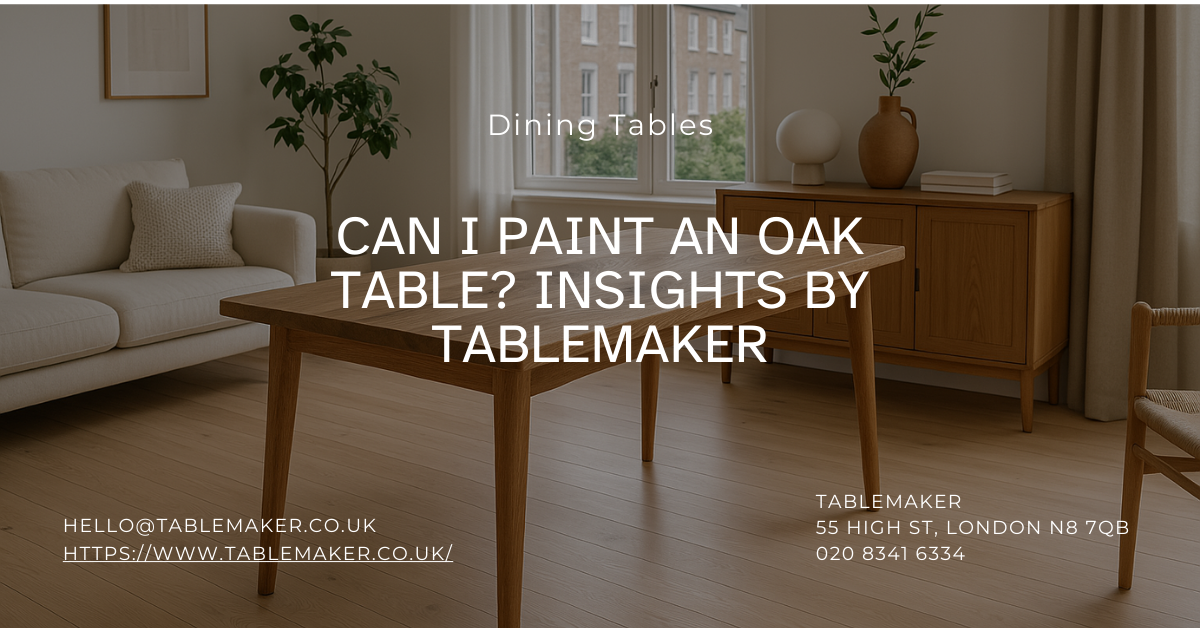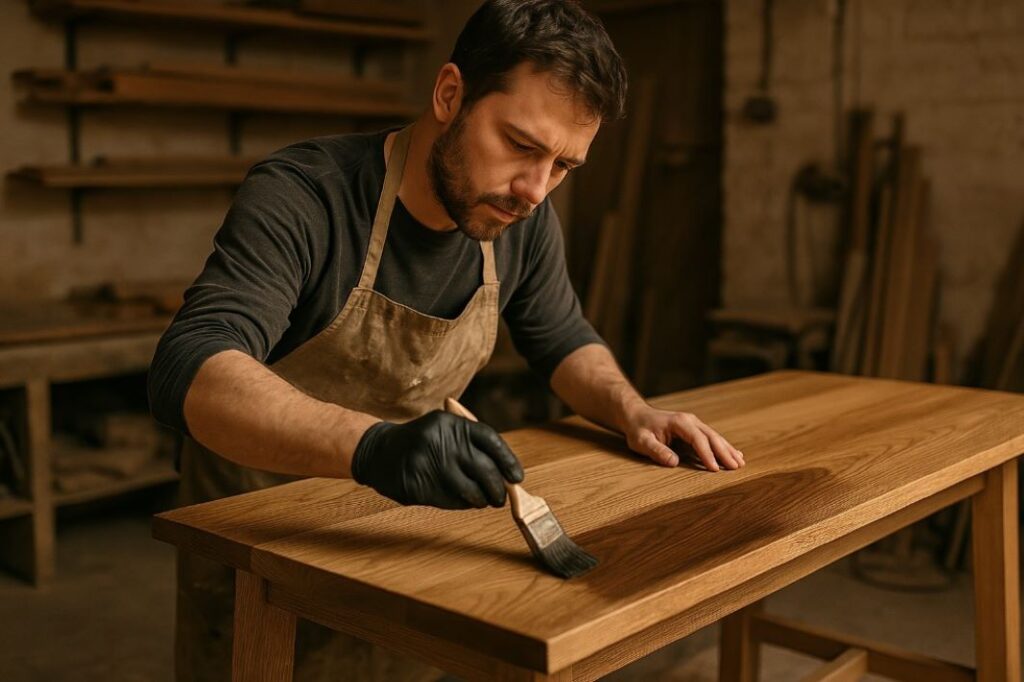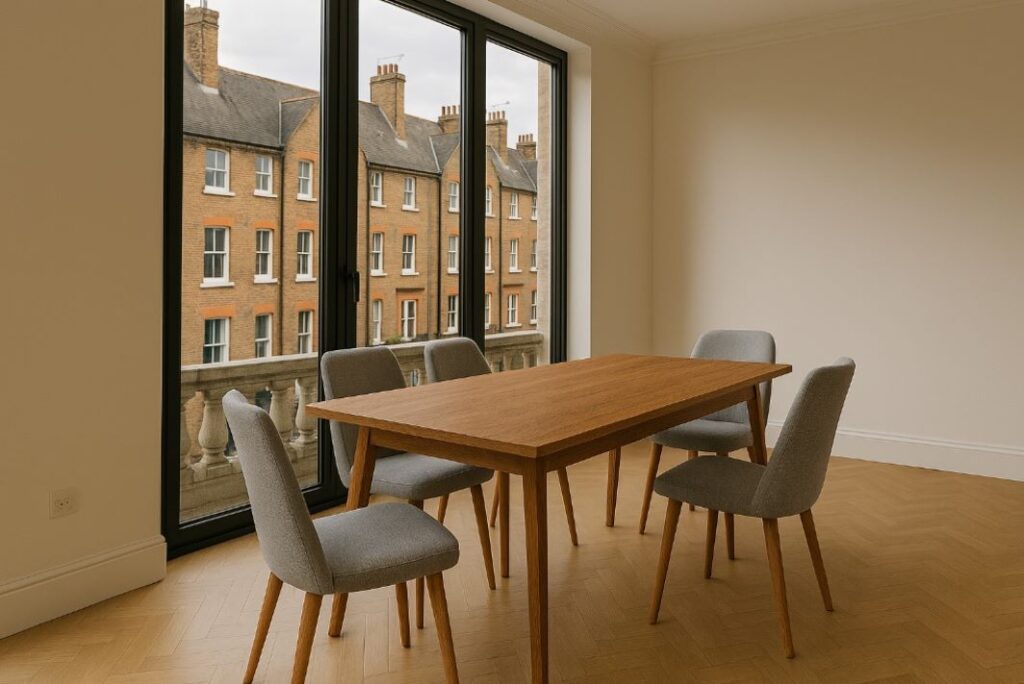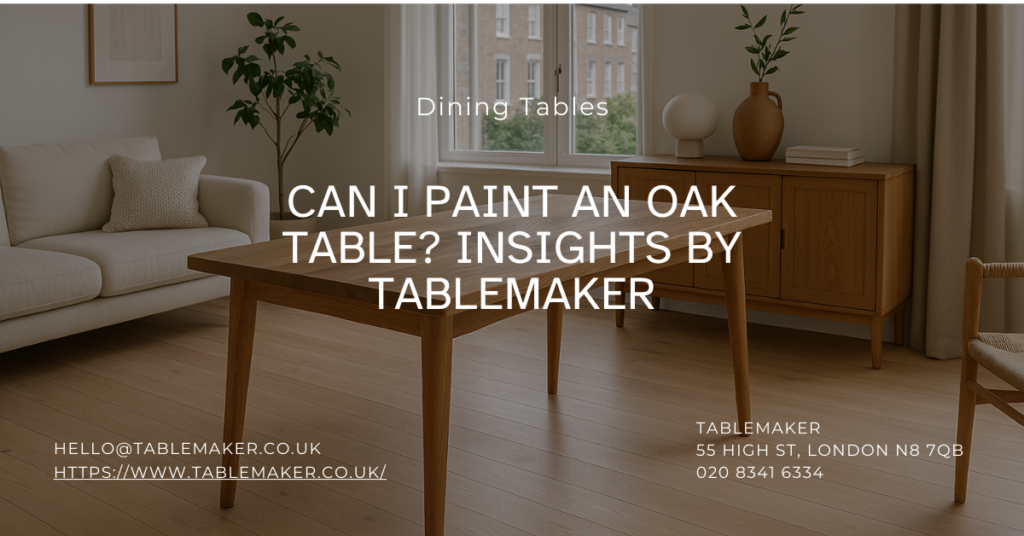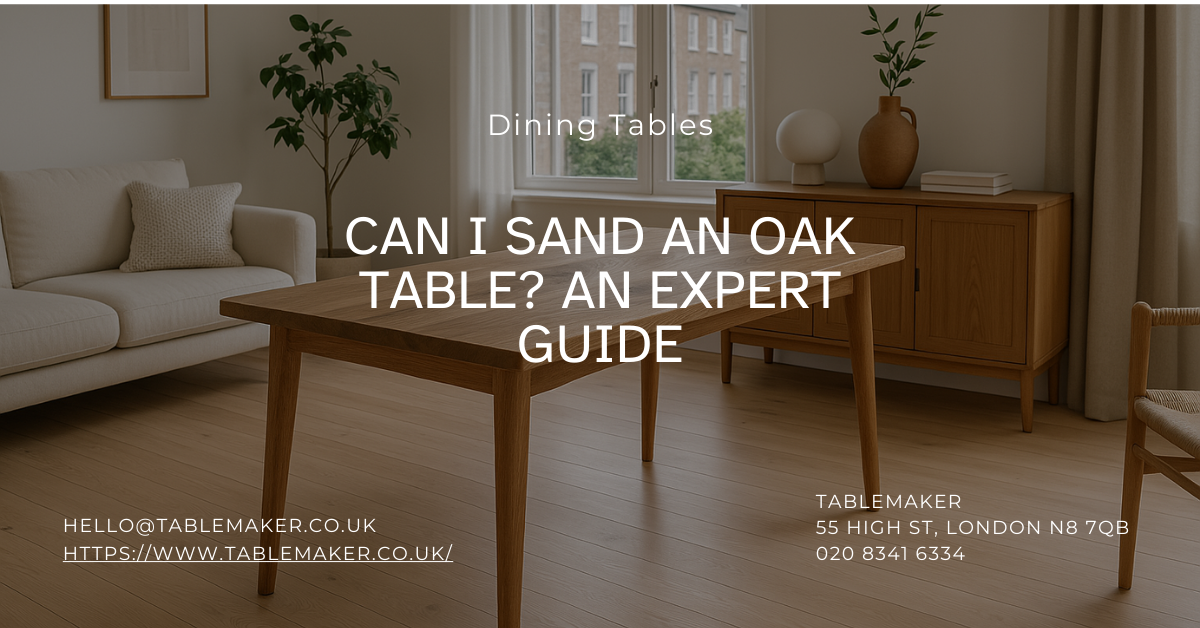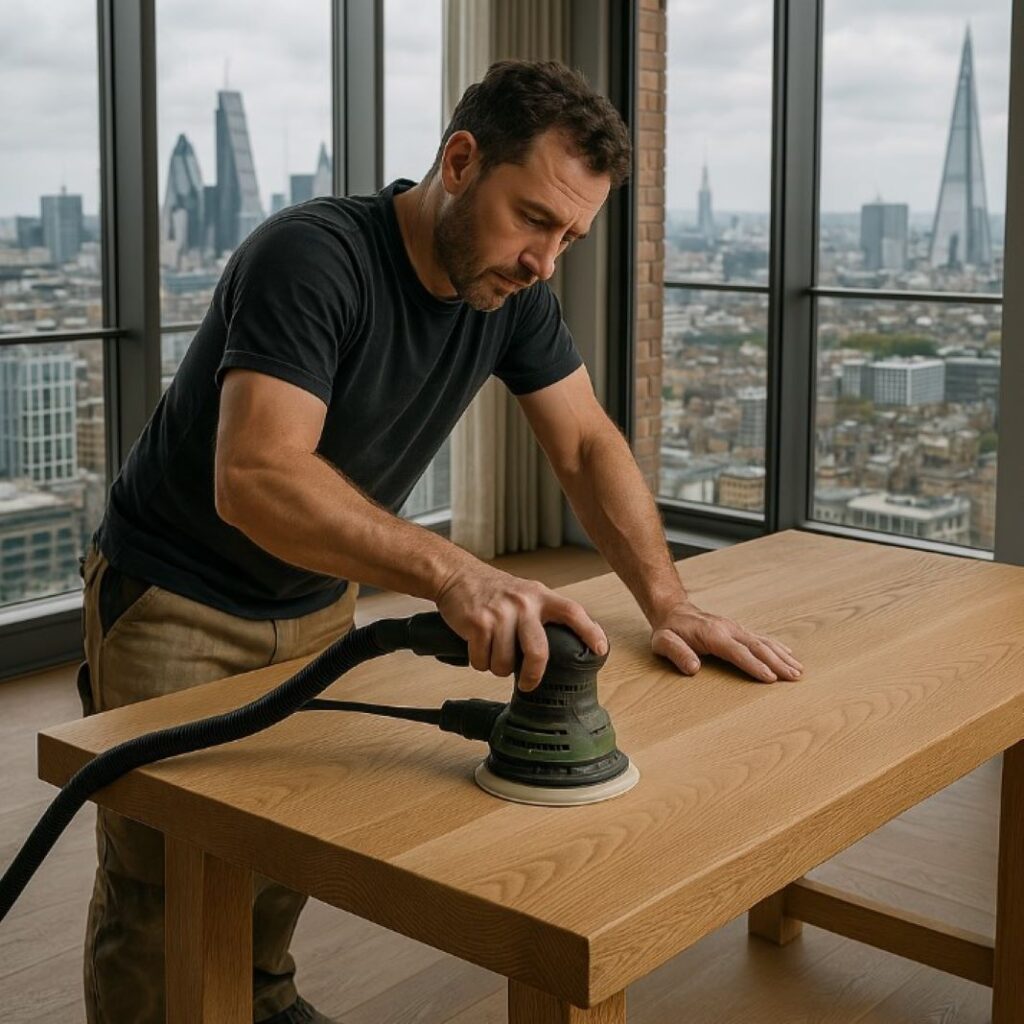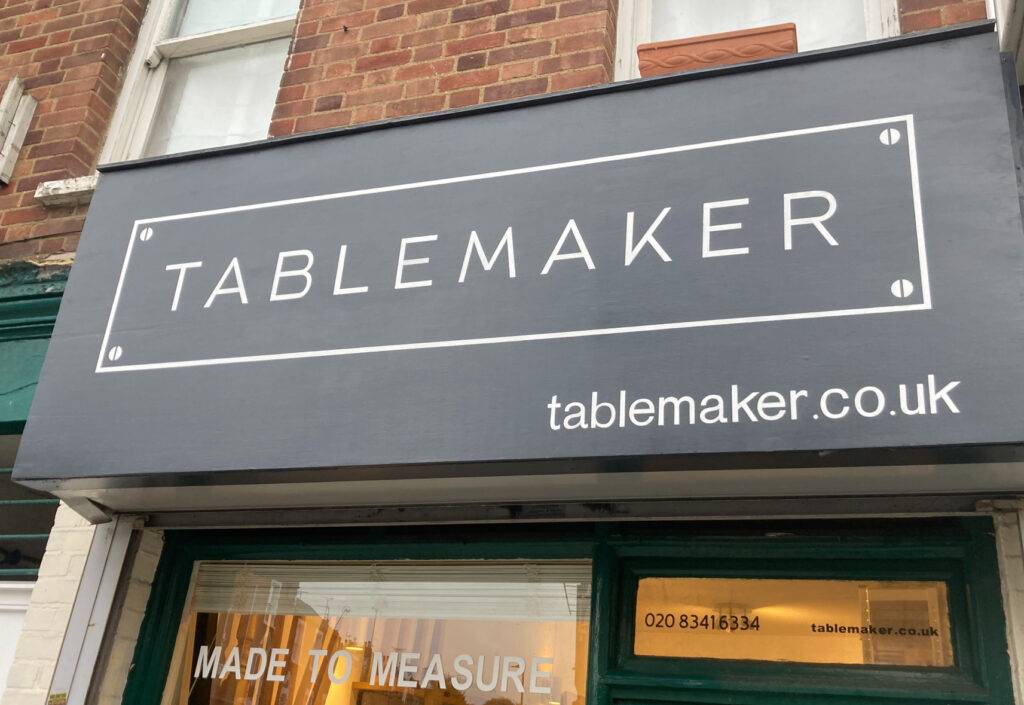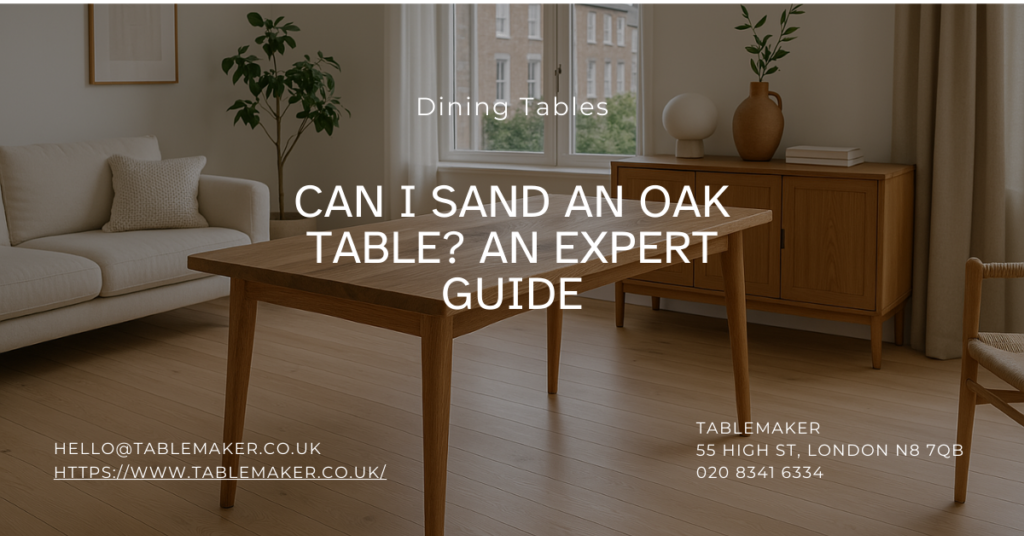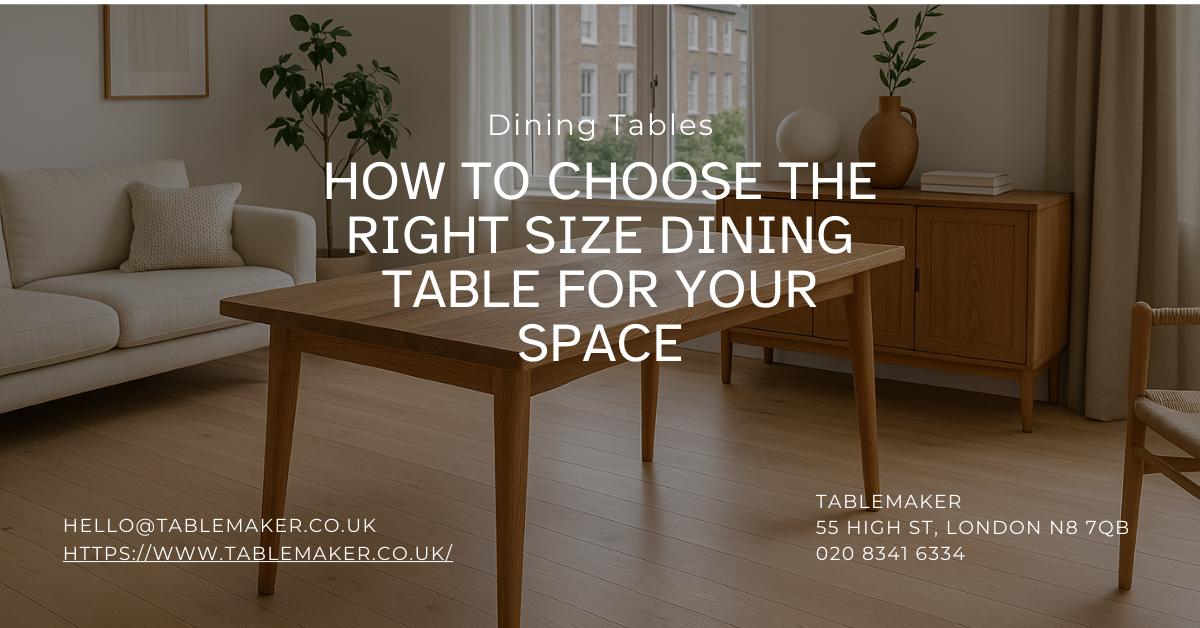
How to Choose the Right Size Dining Table for Your Space
How do you choose the right size dining table for your space?
To find the right dining table size, start by measuring your room and subtracting 90 centimetres from each wall to allow for a comfortable 90 centimetres of clearance around the table. This gives you the maximum table size for the room. Consider how many people you typically seat and how often you host guests. The shape of your table also matters, with round and square options working well in tighter areas, and rectangular or oval tables better suited to larger rooms. Think about leg positioning, table use, and future flexibility, such as extendable options
In this article about dining table sizing we have covered
- How do you choose the right size dining table for your space?
- Measure the available dining space first
- Think about how many people you want to seat
- What shape dining table works best in your room?
- Look at the table base and leg design
- Allow enough clearance around the table
- What will you use your dining table for?
- Consider extendable dining tables
- Match the table style to your home decor
- Choose the right dining chairs
- Plan for table accessories and storage
- Factor in table height
- Think long term
- Final thoughts on choosing the right size table
- Get Personal Dining Table Advice from a Trusted North London Furniture Maker
Measure the available dining space first
Begin by measuring the length and width of your dining room or the specific area where the table will go. Once you have these figures, subtract 90 centimetres from both measurements to account for comfortable clearance around the table. This ensures there is enough room for people to walk behind chairs and move about freely, even when the chairs are occupied.
Example for a standard UK space:
If your dining area measures 3.6 metres by 2.7 metres, the maximum table size should be approximately 1.8 metres long by 0.9 metres wide.
Think about how many people you want to seat
You will need to factor in how many people usually sit around the table and how much space each person requires. Generally, each person needs around 70 centimetres of space for comfort. This figure can reduce slightly for special occasions when you are happy to sit more closely, with a minimum of 50 centimetres per person.
General seating guide:
4-seater: 75 to 90 cm square or round
6-seater: 120 to 140 cm rectangular or round
8-seater: 150 to 220 cm rectangular
10-seater: 180 to 280 cm rectangular
Tables used frequently for meals, work or study should offer enough elbow room to keep things practical and comfortable.
What shape dining table works best in your room?
The shape of the table can affect not only how it looks but also how it functions. Choosing the right one depends on both the room layout and how the table will be used.
Round and square tables
These are ideal for smaller rooms or open-plan kitchens where space is limited. They promote a more intimate setting and are easier to tuck into corners or between other furniture. Round tables without corners are safer in tight spots and help make the most of available space.
Rectangular and oval tables
Better suited to longer rooms or homes that host regular family meals or gatherings. These options can seat more people and often come with extendable features, giving you the flexibility to adjust when needed.
Pro Tip: Leave at least 75cm clearance around your table so people can move comfortably — especially in tighter London flats.
Look at the table base and leg design
Leg placement can influence how comfortable your table is to use. Tables with legs at the corners can limit how many people can be seated along each side, while pedestal bases or trestle tables provide more flexible legroom.
Try sitting in each position when viewing tables in-store or measure around any existing furniture to ensure there is room to pull out chairs and move easily.
Allow enough clearance around the table
A good rule of thumb is to keep at least 90 centimetres between the edge of the table and walls or other furniture. This clearance allows for chairs to be pulled out and people to move around the table without bumping into things.
In smaller dining areas or open-plan living spaces, choose a more compact design and consider built-in benches or dining benches against a wall to save space.
What will you use your dining table for?
Not all tables are used solely for mealtimes. Some double up as workspaces or areas for children to do homework. If your table is multi-purpose, it is worth investing in something more robust, with space for laptops, books or craft items. Extendable designs can also help create flexibility when switching between tasks and uses.
According to IKEA UK, more than 40 percent of homeowners use their dining table as a part-time work desk or study station.
Pro Tip: Always measure the distance between table legs — not just the full tabletop length — to make sure your chairs actually fit.
Talk to a London Table Specialist
At Tablemaker, we’ve been helping Londoners find the perfect dining table for years — tailored to your space, your style, and your everyday life.
Consider extendable dining tables
If your household or hosting habits vary, extendable tables are a sensible option. These allow you to increase the seating capacity when needed and reduce the size when space needs to be reclaimed. Drop-leaf or butterfly extension mechanisms are popular for smaller spaces.
The British Institute of Interior Design recommends extendable dining furniture for shared-use areas or growing families.
Match the table style to your home decor
A table should feel like a natural part of the room. Whether your space leans modern, rustic or classic, choose a dining table that fits your existing furniture and colour scheme. Oak finishes work well in traditional and transitional interiors, while glass, ceramic or minimalist wood frames are better for contemporary designs.
You can browse modern dining tables at West Elm UK or view traditional oak dining furniture at Oak Furnitureland to explore different looks.
Choose the right dining chairs
Dining chairs should match both the size and style of your table. Consider seat height and width to make sure they fit comfortably under the table. Upholstered chairs offer comfort for long meals or working, while wooden or metal chairs tend to be easier to clean and maintain.
Plan for table accessories and storage
Think about where you will store placemats, napkins, dishes and cutlery. A nearby sideboard or dresser can help keep your dining area tidy. Leave enough space for serving dishes or decorative centrepieces without overcrowding the tabletop.
Factor in table height
Standard dining tables are around 75 cm high. Most dining chairs are built to match, with a seat height of 45 cm. If you’re using vintage or mixed styles, check that the heights match to avoid awkward seating positions.
Think long term
Your needs may change over time. If your family is growing, or you expect to move to a larger or smaller home in the near future, a flexible or neutral-sized table may serve you best. Durable materials such as solid wood or composite top surfaces will also offer better longevity for everyday use.
Final thoughts on choosing the right size table
Choosing the right size dining table depends on more than just aesthetics. It’s about function, space, comfort and practicality. Take the time to measure your space carefully, consider how the table will be used daily, and find a size and shape that supports the way your household lives.
Whether you are furnishing a small flat or designing a dedicated dining room, following these steps ensures you will enjoy your table for years to come.
Get Personal Dining Table Advice from a Trusted North London Furniture Maker
If you’re still unsure what size dining table works best for your space, Tablemaker is here to help. As a trusted name in North London furniture design, we’ve helped thousands of households choose a dining table that fits both their room and lifestyle.
Whether you’re measuring for a family of four or planning long, chatty dinners for eight, feel free to get in touch for friendly and straightforward advice. There’s no pressure, just honest help from people who know furniture.
Our best-selling dining tables in North London include the Element 57 Dining Table and the Box 85 Dining Table, known for their thoughtful proportions and timeless design.
Visit us: 55 High St, London N8 7QB
Call: 020 8341 6334
Email: hello@tablemaker.co.uk
Website: www.tablemaker.co.uk
Opening hours:
Monday to Wednesday: 9 am – 3 pm
Thursday and Friday: 9 am – 4 pm
Saturday and Sunday: Closed
Our best-selling dining tables in London include: Element 57 Dining Table and Box 85 Dining Table
Tablemaker
55 High St, London N8 7QB
02083416334
HVQM+58 London

